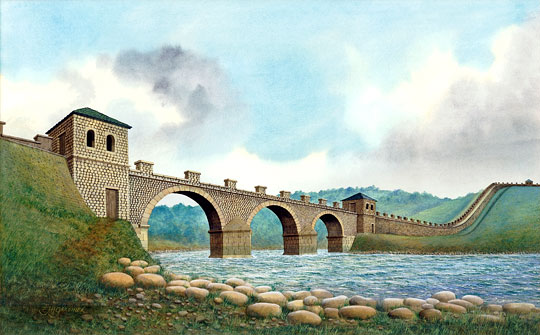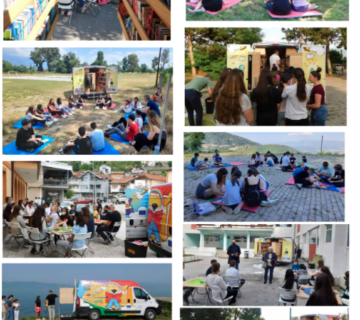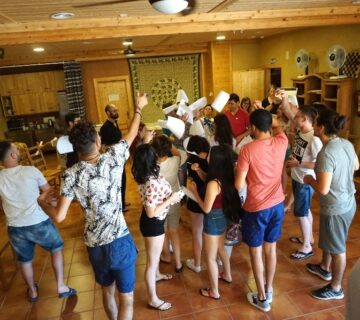In a recent interview, Pope Francis talked about the walls, both legal and physical, being built by wealthy countries to keep out immigrants and refugees, and he said: “whoever builds a wall ends up imprisoned inside the wall they built”. And he added that we should
be building bridges, not walls. “Bridges are the angels’ wings of communication
between people”, he said. Words that should remain embedded in all our souls, with all
our similarities and differences. However, it is e very meaningful fact that the Catholic
Church, the biggest organisation on the planet, the epicentre of which is in the most
advanced part of the civilisation in terms of human rights, continues to be blind to
the recognition of gender equality: this is meaningful with regards to the situation
of the rights of women today in the world.
Currently, the movement for these rights is one of the biggest, with extraordinary
potential for deep transformation of society, politics and culture, in the broadest sense, at
the capillary level of the habits of everyday life. The scale of this movement was displayed once again in on the 8th of March. This issue of our magazine, which covers
the period in which Women’s Day falls, includes a special section called “Women’s Condition”, a title that alludes intentionally to the book by Hannah Arendt. This section
contains a wide view of the “Women in Black” of Belgrade, a feminist and pacifist
organisation, which has made one of the bravest challenges to radical and aggressive
nationalism in its own country: The rights of women and opposition to war, the
most extreme form of violence and most extreme form of hatred toward the Other,
are intertwined at their core. The section also includes an article by Tatyana Kmetova,
anthropologist and activist, who writes about the past and present condition of
women in Bulgaria where, according to the reports of international organisations, the
situation is somewhat better than in other Balkan countries. The section concludes
with an interview by Zilka Spahić Siljak, gender researcher.
The metaphors of the bridge and walls, the kind of walls that separate peoples, repeat in both articles in the “Forum”section. The first article is by the writer Venko Andonovski, who discusses Slav- Macedonian and Albanian citizens in his country. He underlines that “co-existence” is useful for politicians, but he proposes a different modality for the relations of intercultural communication. The second article, by Geron Kamberi, focuses on
youth, who are of primary importance for this magazine, as they are a key audience we
aim to reach. In this issue, the section called “The Gaze of the Other” includes an article
by Alice Teodorescu, the cultural analyst. She reflects upon her journey to Albania
a few years ago: Rumania and Albania, similarities and differences, the very image
of the region.
We leave the reader to discover further in these articles and in the other sections
as well, with works from some of most distinguished representatives of our
cultures. And last but definitely not least, we congratulate the poet Ana Blandiana,
founding member of Academia Balkanica Europeana and author of the section “Ars
Poetica” in our first issue: She has just been declared winner of the “Golden
Wreath” award of Struga Poetry Evenings, a prize won previously by Pablo Neruda,
Eugenio Montale, Rafael Alberti, Yannis Ritsos, Allen Ginsberg, Joseph Brodsky,
Yves Bonnefoy, Seamus Heaney, and Margaret Atwood, to mention just a few.
Translated by Alexandra Channer





